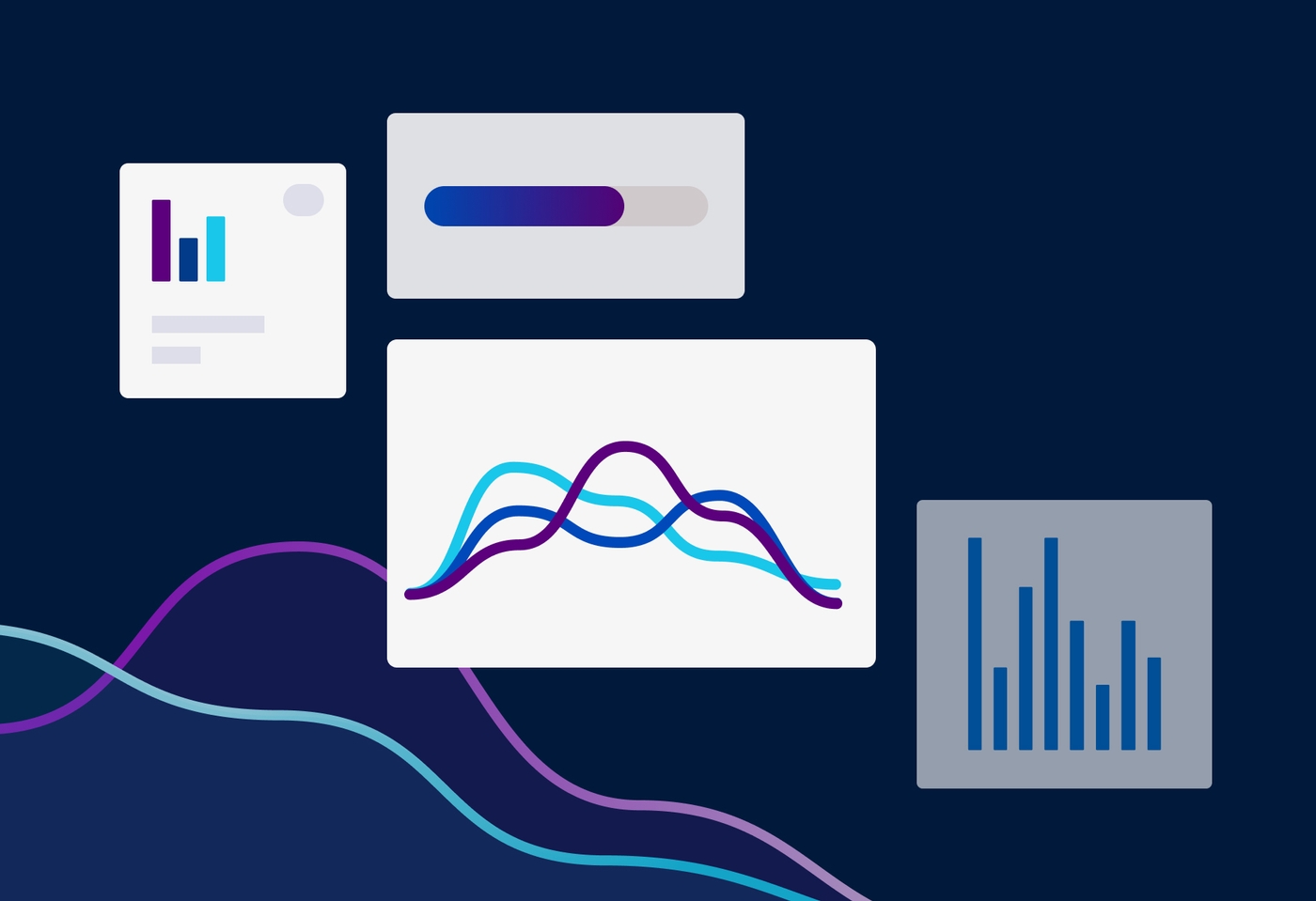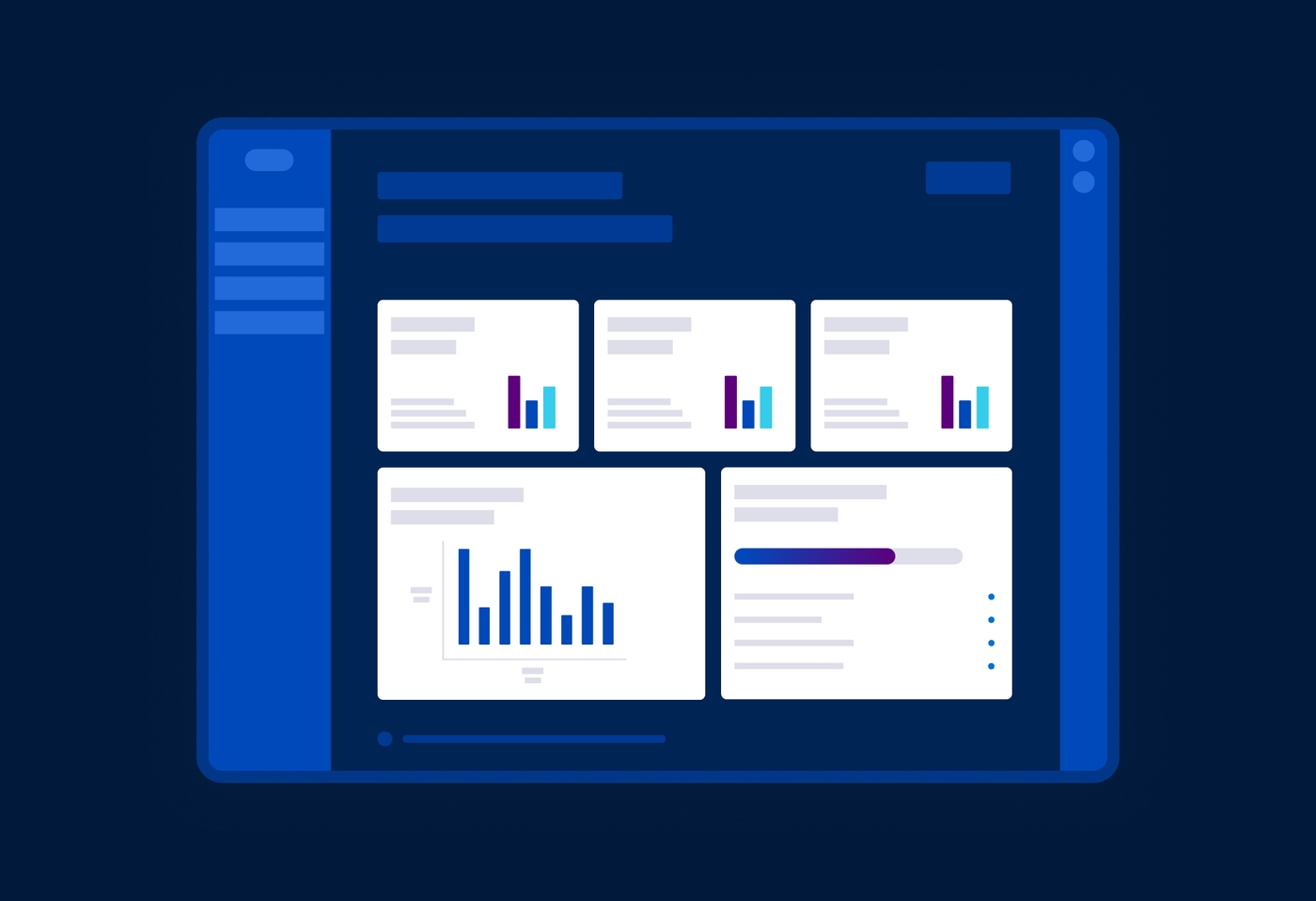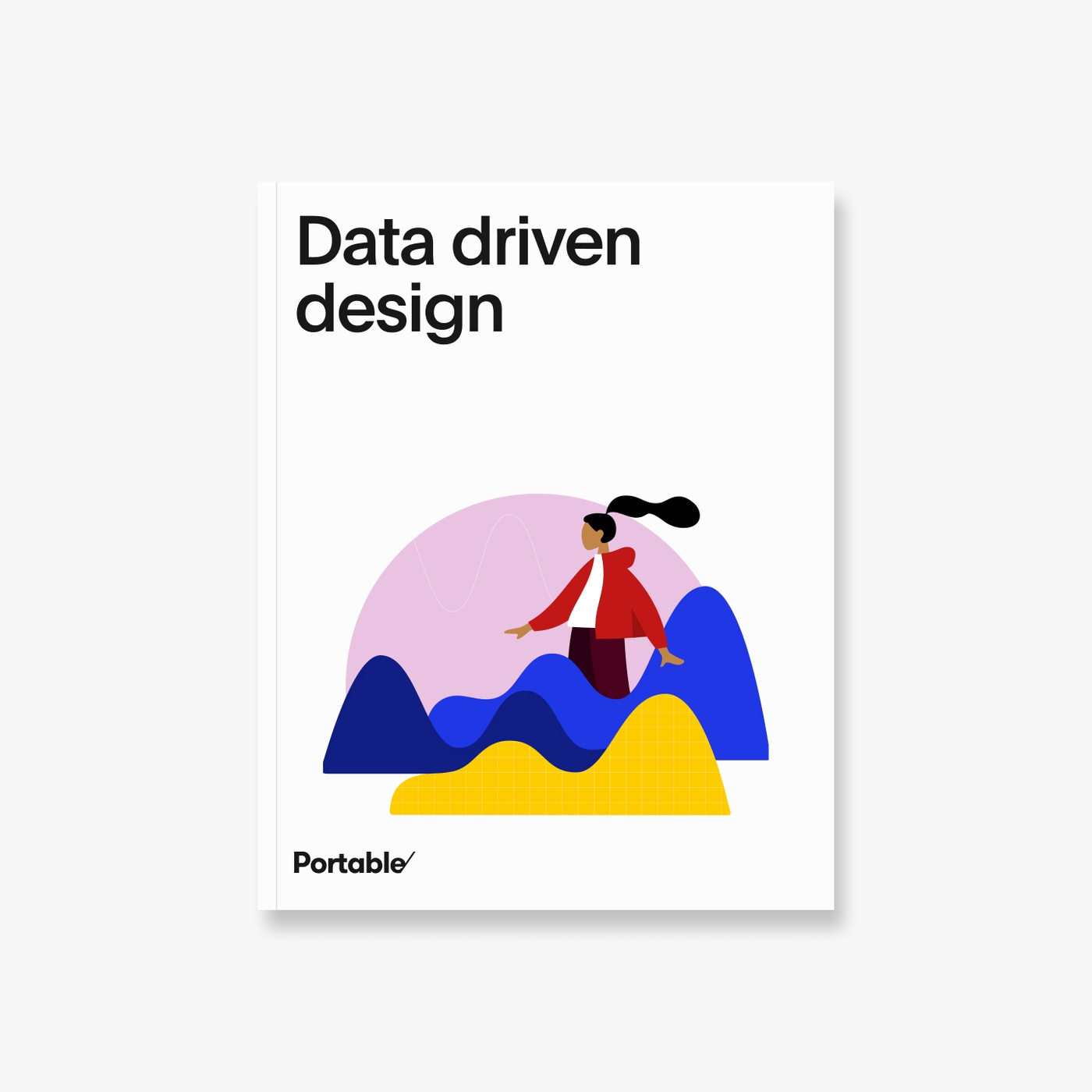Context
Recovering from a bushfire disaster brings overwhelming challenges to those affected. Bushfire Recovery Victoria supports people, businesses and communities to get back on their feet. In this fast-changing and high-pressure environment, accuracy of data and insights is crucial.
In 2021, Bushfire Recovery Victoria launched an ambitious digital transformation program. The program would benefit affected communities by improving the coordination of recovery operations. The transformation team it assembled included researchers, designers and a producer from Portable. We worked with Bushfire Recovery Victoria’s data analytics and reporting team, a Senior Data Strategy Architect from EY and the data engineering team from WhyHive (Portable’s data science partner).
This project drew on many of Portable's human-centred design skills, including user interface design, data visualisation, and data monitoring. The project also deepened our experience working with data and communicating it in complex stakeholder environments.
Design Challenge
Bushfire Recovery Victoria wanted to improve how it collects, uses and shares recovery data. It also wanted to develop its data capabilities to strengthen governance and decision-making. Balancing strategy and governance with the immediate needs of recovery operations meant that Bushfire Recovery Victoria had to:
- shift organisational structure and context to meet community needs and expectations
- validate its program theory framework and connect it to data governance, collection and sharing agreements
- increase data literacy and maturity in specific teams and across the organisation
- enable comparative data analysis through the use of internal and external data sources.
Bushfire Recovery Victoria was looking for:
- a modern, cloud-based data platform to allow secure access to sensitive data
- an improved data-sharing protocol to allow the safe handling of data between government agencies
- a data dictionary and business glossary to enable the organisation to manage and catalog their data assets
- program data dashboards to support access to actionable insights and deeper analysis of data.

Approach
Agile scrum delivery
We worked in an agile scrum framework in a volatile, uncertain, complex and ambiguous environment. This approach included daily stand ups, weekly sprints and fortnightly retros and showcases to project sponsors. Our design research approach and technical scoping activities also aligned with this way of working. Agile scrum also enabled us to work closely with Bushfire Recovery Victoria’s Transformation Director and business sponsors, to proactively respond to emerging priorities.
Inter-disciplinary team
With the members of the data analytics and reporting team – who are masters of their crafts – we set about understanding how to display actionable data insights to support decision-making in each of the organisation's 5 recovery operations pillars. One of the pillars, the business and economy team, would be our test case. We worked with the members of that team to understand their context, goals and data analysis methods. Together we established learning outcomes for our project that balanced feasibility and desirability.
Switching tools and becoming embedded within the organisation
Working closely with Bushfire Recovery Victoria meant a different approach from our default Portable project tooling. Instead of Slack, Zoom, Miro, Google Drive and Notion, our daily environment during the remote delivery relied on Microsoft Teams, Sharepoint and Bushfire Recovery Victoria email addresses. Alongside the tools, the agile scrum approach made it possible to introduce new ideas and ways of working, and to use new methods of engaging internal stakeholders.
Co-design with Bushfire Recovery Victoria
In a co-design workshop, we identified indicators and datasets to explore in a proof of concept dashboard that would be first based in Figma (the design software we use at Portable), and later Microsoft Power BI. We also crafted artefacts that would help Bushfire Recovery Victoria improve its data literacy, how it governs data, and how it manages data supplied by recovery agencies.
Understanding data sources
Bushfire Recovery Victoria's Data scientists and business analysts and Portable’s design strategists worked closely to identify, document, collate, ingest, transform and model data sources for analysis. We used internal data sources as well as external sources like the Australian Bureau of Statistics. This allowed nuanced analysis of bushfire-impacted regions in comparison to broader national demographic and economic trends.
Proof of concept data dashboard
Our proof of concept dashboard was validated and tested with stakeholders across Bushfire Recovery Victoria. We then undertook further co-design and building of the dashboard with the business and economy pillar team and the data analytics and reporting team. The dashboard visualised recovery outcomes for the business and economy pillar team. With that team, we validated key features for both front and backend development, as well as the user experience. The dashboard could then serve as a blueprint to help visualise data in a usable and accessible way for all recovery pillars.
Business glossary and data dictionary
We took a similar approach to delivering a business glossary and data dictionary within Bushfire Recovery Victoria’s Sharepoint environment. For the business glossary, we identified key terms that were being used inconsistently. We facilitated workshops with internal stakeholders to align our understanding of key concepts. These concepts were then referenced to related data sources. We then defined a data dictionary, incorporating sensitivity, accuracy, currency, and other technical details, to connect the dots between understanding of concepts and accessing specific data for analysis. These assets helped establish a common usage within the organisation, and facilitated self-service capabilities for data discovery. This improved data literacy, maturity and consistency of usage.
Business requirements to inform data assets
We conducted user interviews and gathered business requirements to produce frameworks for data governance and data sharing. We also created a blueprint for future technical implementation of a cloud data platform. We uncovered common pain points in accessing, collecting and reporting data, and found an opportunity to redesign templates and internal processes. Our team prototyped and iterated them with data custodians from around the organisation. We documented user needs and business requirements and created a technical solution design for the recommended infrastructure.
Client engagement and capability uplift
Human-centred design methods allowed us to work closely with the data analytics and reporting team to ensure that all tools, templates and processes were designed with them and for them. They co-authored each asset and artefact, and we shared Portable's processes to engage them as part of our team and extend their capabilities. We facilitated a strategic planning process to map their priorities, ensuring that each team member had a clear roadmap for achieving the longer-term outcomes of the program. The process of building capability in this team was possible by adopting Bushfire Recovery Victoria’s organisational practices, and the agile rituals of the digital transformation program. So rather than a ‘handover’, they already owned the deliverables, and presented them in showcases and training sessions.

Outcomes
- Established data governance guidance and methods that help Bushfire Recovery Victoria to standardise data collection.
- Supported Bushfire Recovery Victoria in collecting data that would help to shape future recovery efforts.
- Co-created a consistent way of sharing data between agencies involved in the recovery process.
- Collaborated on tools and methods with the data analytics and reporting team, to cement them as the go-to team for all things data within Bushfire Recovery Victoria.
- Supported teams within Bushfire Recovery Victoria in having direct involvement in actioning the organisation’s digital transformation strategy.
- Co-designed with real data so that all our tools and methods aligned with Bushfire Recovery Victoria’s ways of working.
Reflections
Andy Haywood, Project Sponsor, Bushfire Recovery Victoria
“It was great to see Portable working so closely with the Data Analytics and Reporting team. Our team learnt a huge amount from Portable, and we're better equipped to take this work forward in partnership with the programs area. Overall, this work with Portable delivered more value than we were expecting.”
Aishling Costello, Design Strategist, Portable
“Staff at Bushfire Recovery Victoria truly care for people affected by emergency events in Victoria. At Bushfire Recovery Victoria, each team’s talents run deep and their compassion and energy for people-centred recovery seems endless. Co-designing a way to harness data at Bushfire Recovery Victoria with both the Data Analytics and Reporting team and the Business and Economy team, to inform future decision making, has unlocked new ways for us to think about data systems and the people that live within them.”
Project team
Lauren Manning, Senior Producer
Allison Snow, Lead Producer
Aishling Costello, Design Strategist
Sarah Kaur, Business Design Specialist
Jackie Garfield, Senior Experience Designer
Jake Hogg, Lead Experience Designer
Simon Goodrich, Account Manager
Akshay Sachdeva, Data Engineer [WhyHive]
Download your copy of our toolkit: Data Driven Design
